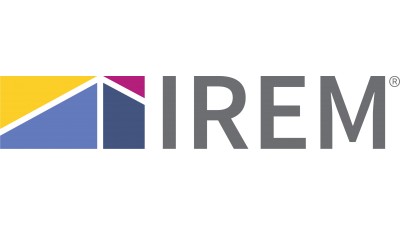Demand For Electric Vehicles Is Rising. How Can Building Owners Prepare For The Influx?

The research is clear: Electric vehicles are the future of transportation in the United States. Adoption of EVs is growing across the country, with 1.8 million electric vehicles registered in the U.S. in 2020, three times the number of EVs in 2016. More than half of respondents to a 2021 CarMax survey said they expected their next auto purchase to be an electric or hybrid vehicle.
The commercial real estate industry may not be prepared for the influx of charging stations the rise in demand for EVs calls for. McKinsey & Co. partner Shivika Sahdev, who leads the firm’s Center for Future Mobility, told Bisnow that people in all types of settings — not just single-family homeowners — are showing interest in buying EVs, but lack of access to chargers is one of the top three barriers to adoption.
Rising demand, paired with the Biden administration’s $5B commitment to help states fund public charging infrastructure, likely means that more EVs are on the horizon, and it is time for building owners and property managers to prepare.
Sam Chanin is president of Maverick Realty Advisors, and before that, he was a senior vice president at Transwestern responsible for 20M SF of commercial real estate in Southern California. Chanin has ample experience overseeing the installation of EV charging stations in commercial properties, and he has a message for building owners and property managers who haven't started the process: Don’t be intimidated.
“Installing EV charging stations is no different than any other building improvement,” Chanin said. “They’re not that hard to install, and there’s definitely a return on investment that you can expect. The bottom line is you shouldn’t be intimidated by the process, but if you don’t have them, you’re going to need them, so the time to move is now.”
He said the first thing managers and owners need to do is conduct a site survey and locate a place where they can install the EV chargers. From there, it is just a matter of budgeting. One thing he said stakeholders can do is purchase an EV charger themselves and run those costs through the operating expenses of the building and then pass that back to tenants, or increase rents accordingly. Another option is to rent chargers or have a third party install its own EV chargers on the property and pay rent or absorb the cost of installation.
Once the budgeting and financing is set, Chanin said, the next step is to contact a general contractor who will work with the city to get a permit and install the EV charger to the connected utility.
There are different types of EV chargers, and some will be faster or slower than others. This means they have a higher bandwidth of energy they can transfer to a vehicle — EV charging stations will transfer a charge at a certain number of kilowatts per hour. While fast chargers can fully charge cars in minutes, slower chargers can take hours.
It is up to property managers to select those they want to install — and how to calculate return on investment. But no matter which chargers they choose, property managers want to make sure they don’t skimp on how many stations they install, especially if they manage residential properties.
Chanin said that a few years ago, he saw limited to moderate use of EV chargers in office and industrial properties, but it was a different story when it came to residential.
“With residential, we saw very high adoption rates — people fighting over EV chargers and arguing that some residents were hogging chargers and not allowing others to use them,” he said. “And demand has only increased.”
He added that if an owner or property manager spends several thousand dollars on a station and charges a few hundred dollars a month for the use of that station, either through monthly fees or rent increases, that will pay off the cost of installing the station in a matter of years while still reaping the benefits of having the amenity.
But while calculating ROI is, of course, important, Chanin said property owners shouldn't get too distracted by the numbers, because at the end of the day, this is something they will need to do sooner or later.
“This isn’t an optional amenity anymore,” Chanin said. “This is something people are going to demand, and if your property doesn’t offer it, they will find another.”
This article was produced in collaboration between Studio B and IREM. Bisnow news staff was not involved in the production of this content.
Studio B is Bisnow’s in-house content and design studio. To learn more about how Studio B can help your team, reach out to studio@bisnow.com.

